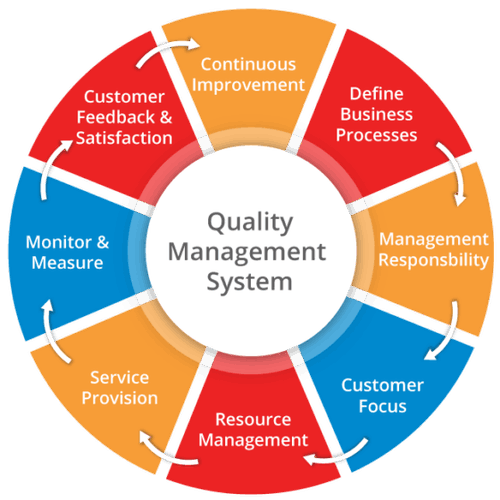
Introduction
Total Quality Management (TQM) refers to management methods used to enhance quality and productivity in business organizations. TQM is a comprehensive management approach that works horizontally across an organization, involving all departments and employees and extending backward and forward to include both suppliers and clients/customers. TQM has five major elements that are essential to successful implication, which are:
- Focus on customer satisfaction: TQM focus employees on the importance of fulfilling customers’ expectations.
- Continuous improvement: is apolicy or process that helps keep the focus on improving. . .
















